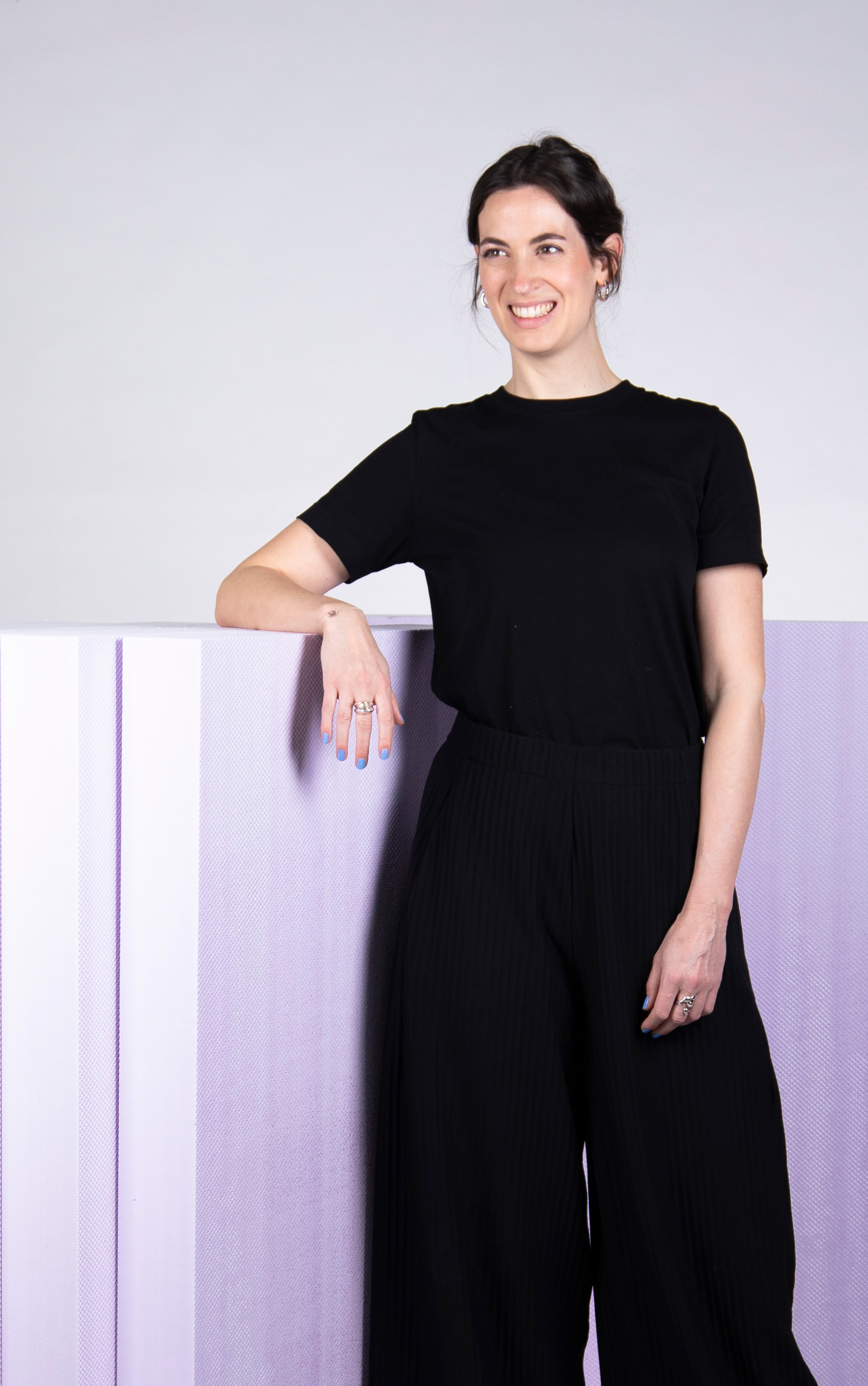Was es macht
Pain and numbness in the feet are a common problem among diabetics. "Senso" is a medical treatment device that is worn like a stocking. By stimulating the nerves of the feet with electrotherapy, the pain decreases and sensation in the feet improves.
Deine Inspiration
Around 80 million people worldwide are affected by diabetic neuropathy. They suffer from pain and numbness in their feet, and in some cases are barely able to walk. At present, there is no adequate medical treatment for this impairment. A research group at ETH Zurich discovered that electrical stimulation of nerves in the feet can significantly improve the symptoms of diabetic neuropathy. This project is a collaboration with the ETH start-up Mynerva. Mynerva is developing an electrotherapy application for the impairments mentioned above. My task in this project was to transfer the technology of Mynerva into a product that is easy to use.
So funktioniert es
“Senso” is an electrotherapy device. The nerves are stimulated via 24 electrodes (technology developed by Mynerva), which are then distributed around the foot and integrated into a wearable for the feet. The product consists of two parts - a wearable and a control unit. The wearable is pulled over the feet like a sock - this has proven to be the simplest concept. The wearable itself consists of two layers of fabric glued together. All the electronics (electrodes and cables) are glued into the lower layer of fabric, which rests on the skin. The upper layer is used to make the wearable tighter while actual therapy is running. Note: The control unit is attached to the wearable when therapy is running. It is attached to the wearable via a magnetic clip connection, which also serves as the electronic interface. The fabric strap of the unit is pulled around the leg and fastened with velcro. The therapy is controlled via an app that Mynerva is currently developing.
Designprozess
In the beginning of the process, the user group was analysed in detail. It was crucial to understand what needs as well as physical and cognitive limitations this group has. In a tryout with the Ageman suit, I tested how and in which position it is easiest to put something over the feet. It turned out that putting on a garment like a stocking is as undemanding as possible. Requirements for product design were then derived from these findings. Initially 5 different concepts were created, focussing on how the product is put on, how it is closed and how compression can be adjusted to the electrodes so that they have ample skin contact. Then 3 of the concepts were developed and tested in textiles. It turned out that the model with the velcro fastener is the most comfortable. It left the fewest pressure points on skin and was pleasant to wear in a shoe. The design was determined by the position of the electrodes, which were specified by Mynerva, but also by the need to leave as much free space as possible so that the wearable remains breathable. The holes above the ankles are designed to allow the wearable to be stretched over the bones, and the electrodes are then pressed against the skin at this area. The concept was again developed in textile and tested for comfort and use.
Warum es anders ist
"Senso" is the first all-in-one solution that integrates an electrotherapy treatment application in a wearable that is simple and straightforward to put on. The product concept is designed to be easy to understand. This also prevents incorrect use. As the device is put on like a garment and is barely noticeable when worn, this reduces the barrier to use it in everyday life. The wearable is open in the toe area - it should not warm the feet unnecessarily. The fabrics were chosen so that the wearable is light and breathable and can be worn easily in a shoe - this is important because electrostimulation while walking can improve the gait of diabetics. All fabrics are glued or welded - this avoids seams, which have proven to be problematic for diabetics. The cable is very thin and flexible so that it is not noticeable when worn. It has been routed in such a way that it remains comfortable and does not interfere with the access to the wearable.
Pläne für die Zukunft
The project is currently just a concept of usability, formal design and materialisation in which Mynerva's technology was turned into a usable product. The start-up is still in the early stages of product development, but the aim is for “Senso” to be available on the European and American markets at some point in the future. It is not yet defined whether I will be part of this further development. The next step is to create a prototype of this concept, which will be tested by diabetics for usability, colourdesign, materialisation and comfort. The app with which the therapy is controlled is also still under development by Mynerva.



Verbinden